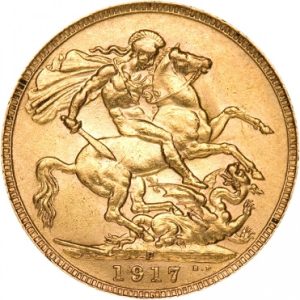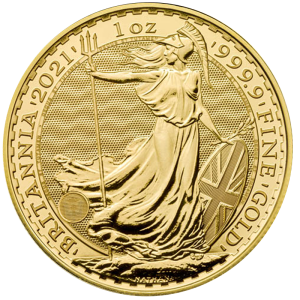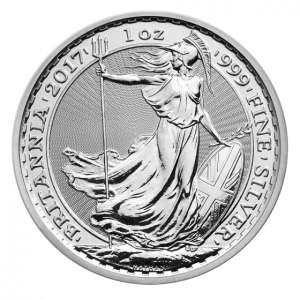Royal Mint of the United Kingdom
The Royal Mint
The history of minting in Great Britain is longer than you can imagine. Early coins, minted toward the end of the 2nd century BC, were cast in molds. Later coins were hand-struck, and production continued in this manner for the next fifteen centuries.
200 years after the end of the Roman conquest—with Roman coins in circulation over all of the Western Empire—the London mint started operating again in the 7th century. The same mint, coincidentally, produced Roman coins sometime in the third century. The mint’s operating history during that time was short-lived, reamining open for a mere 40 years before closure.
Fast forward to two centuries ago, and the “modern” Royal Mint opened in 1810 on Tower Hill. Large, heavy, steam-powered machinery was used in production, which signified the fact that the Royal Mint had definitely entered the industrial age. Time flew, and progress went with it, and at the beginning of the 20th century steam-powered equipment was fully replaced by electricity.
The British Sovereign coin has been in production in the UK on and off since 1817. Several Commonwealth countries, including Australia, South Africa, and Canada have also minted the British Sovereign in the past. Currently, they are minted at the Royal Mint location in Wales and in India (under full control of the Royal Mint).
Other products minted at the government-owned Royal Mint include items intended for export—it is known as the world’s leading exporting mint. These items include, but are not limited to, commemorative and military medals and similar items intended for schools, businesses, and governments.
Showing all 3 results


